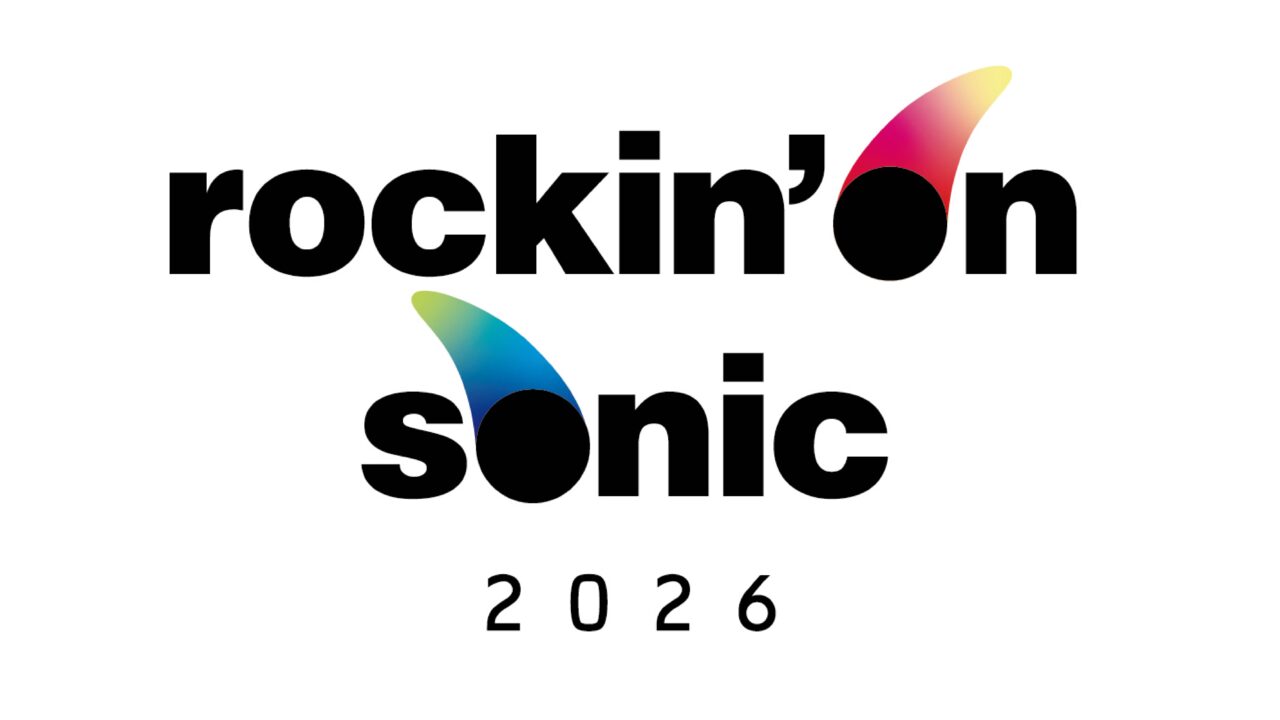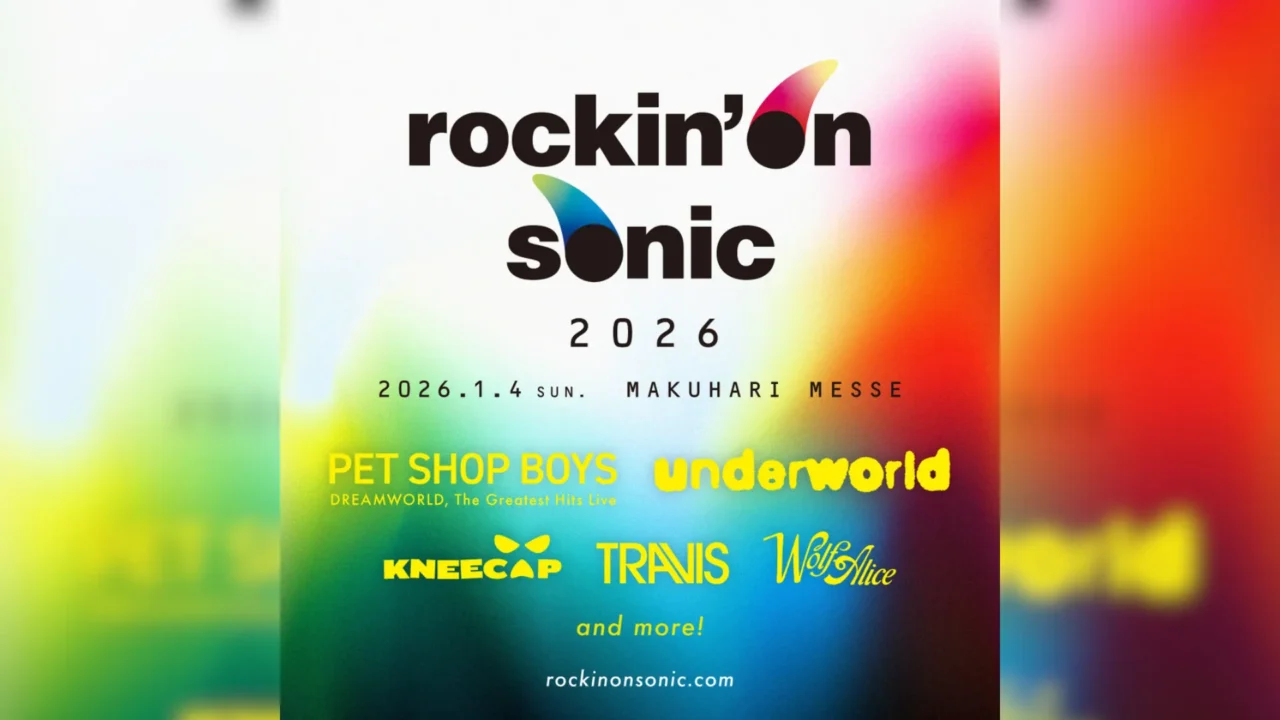INDEX
Taro Okamoto and Genpei Akasegawa: Confidants of Adolescence
When did you become interested in art?
Salasa: I’ve always liked things like masks, clay figures, and folk crafts since I was a child. I used to want to go to the Mingeikan (Folk Crafts Museum) and, when traveling, I preferred pottery experiences over outdoor activities. So, when I learned about Taro Okamoto and Haruhiko Akasegawa in high school, I was really moved. It was right during my adolescence, and I felt like there was no one at school I could talk to or relate to, so when I found out there were people who understood, it felt like a kind of salvation.
They were like friends you could talk to, then. How did you come to know about them?
Salasa: My dad was a surfer and loved California culture, so I was familiar with hippie culture and things like Woodstock. I started researching 1960s culture and movements, and through Taro Okamoto’s “Tower of the Sun” at the 1970 Osaka Expo, I learned about him. I also read books on contemporary art and thought Haruhiko Akasegawa was really interesting. That’s when I began thinking about studying art. Since I didn’t have any drawing experience, I looked for a course that didn’t require drawing for the entrance exam.
You studied art production at Joshibi, right?
Salasa: Yes, but I stopped going after about a year. After leaving university, I studied oil painting, architectural history, and art history at a private contemporary art school run by a woman who graduated from Musashino Art University. Later, I attended a course called “The Backdoor to Contemporary Art” at an art school for about six months.



























